Data Integration solutions harmonize data from different sources, ensuring smooth data flow throughout an organization. They are essential in enabling consistent data analysis, fostering better decision-making, and driving efficiency.
Data Integration empowers organizations by connecting disparate data systems, reducing duplication, and enhancing data quality. This process involves combining data from various sources and providing users with a unified view. Users benefit from reduced complexity in data management and improved access to accurate information. Real user insights highlight the importance of reliability, flexibility, and efficiency in integration platforms.
What are the critical features of Data Integration solutions?In industries like finance, Data Integration ensures real-time data is available for customer transaction analysis, aiding in fraud detection and compliance. In healthcare, it helps in transitioning patient data seamlessly between systems, improving patient care and operational workflows.
Organizations benefit from Data Integration solutions by gaining reliable access to data, which is crucial for strategic initiatives and competitive advantage. With interconnected systems, consistent data flow supports dynamic responses to market demands.
| Product | Market Share (%) |
|---|---|
| SSIS | 4.6% |
| Informatica PowerCenter | 4.4% |
| Informatica Intelligent Data Management Cloud (IDMC) | 3.9% |
| Other | 87.1% |

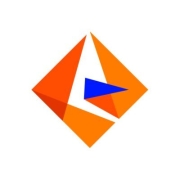






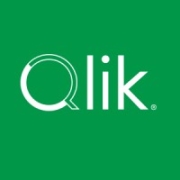
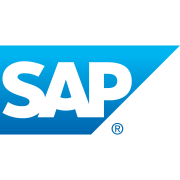



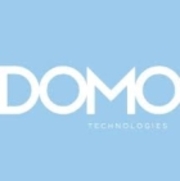





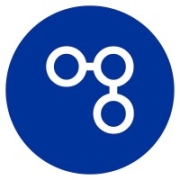
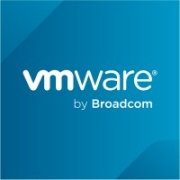

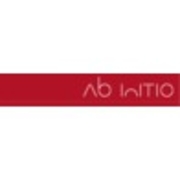






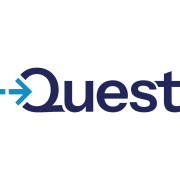
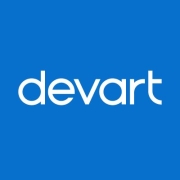

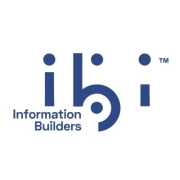






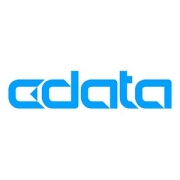
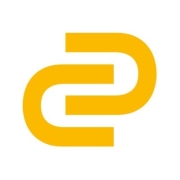








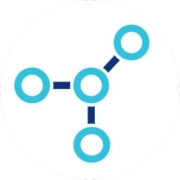



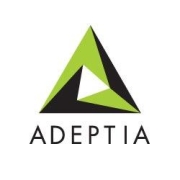

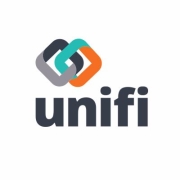

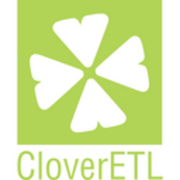
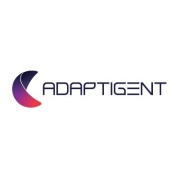


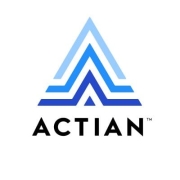
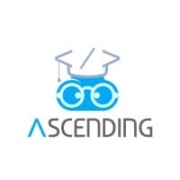
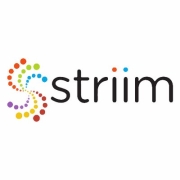
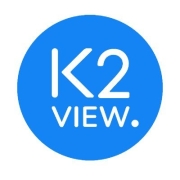

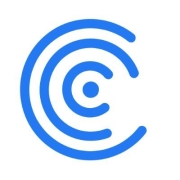



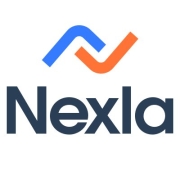



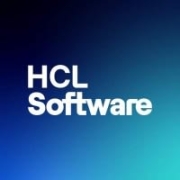

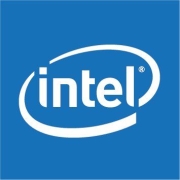




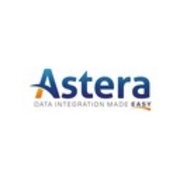
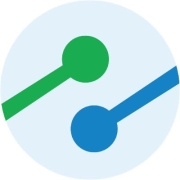



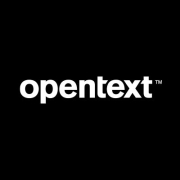
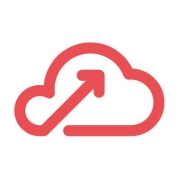
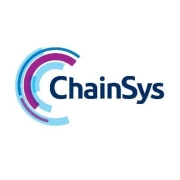

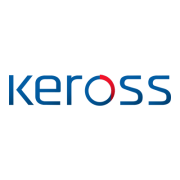







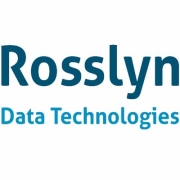





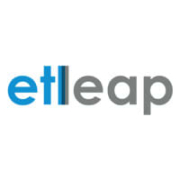

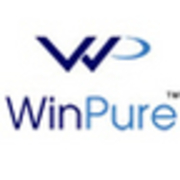








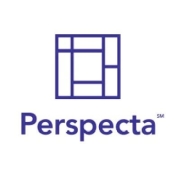
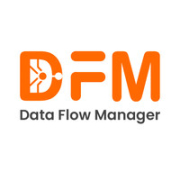










Data integration tools are software solutions that facilitate the process of integrating data for organizations and allow individuals to organize and gather data. If a company employs developers, they can initiate data integration through scripts written in Structured Query Language (SQL), which is the programming language for relational databases. However, not all organizations have such specialists at their disposal. That is why ready-made data integration tools exist, assisting different types of companies and helping them quickly gather data from various sources for easier use.
Data integration tools not only initiate the process and provide the required information, but many come with additional benefits. Vendors offer platforms that also provide data replication, data cataloging, data governance, and data quality improvement. The development of technology has introduced cloud-based integration services through integration platform as a service (iPaaS). The additional features of data integration tools make them more beneficial to organizations for integration processes than relying on hand-coded scripts.
According to PeerSpot users, data integration is all about data and governance quality. Our members want to be able to transform, organize, review, and find all sorts of data (including unstructured data, flat files, etc.) quickly and easily. Data integration tools should be customizable with efficient processing, source agnostics, real-time monitoring and debugging, and provide good documentation. Reusability and connectivity were also ranked as important factors.
The terms data integration and interoperability may be used interchangeably by mistake, however, the two refer to different processes. Data integration uses a hand-coded script or specialized tools to gather information from various sources. In its essence, the process relies on a third party that translates the data and utilizes it for users and applications to use.
Unlike integration, data interoperability is a direct exchange of information. The process does not rely on middleware; rather, it creates a real-time data exchange between systems for data. When systems utilize this process, they not only share information but also interpret incoming data and present it, preserving its original context.
Integrating data from various sources can streamline operations by providing a unified view, which enhances decision-making. It reduces the time spent on manual data aggregation and increases data accuracy. You can access real-time insights, improve collaboration across departments, and ultimately enhance productivity.
What are the best practices for implementing Data Integration solutions?Start by clearly defining your business goals and understanding the data sources involved. Choose the right tools to align with your objectives. Prioritize data quality by implementing robust cleaning and validation processes. Monitor and optimize the integration regularly to ensure it adapts to changing needs. Invest in training your team to handle integration tasks effectively.
What challenges are commonly faced in Data Integration?Common challenges include dealing with disparate data formats, ensuring data quality and consistency, and managing large volumes of data. You may also face issues related to data security and compliance. Identifying and addressing potential data silos can affect the integration process. Working with legacy systems often presents technical hurdles that need innovative solutions.
Why choose cloud-based Data Integration tools?Cloud-based tools offer scalability, flexibility, and cost-effectiveness. They enable real-time data access and are easily adaptable to evolving business needs. With automatic updates and reduced infrastructure costs, you can focus on core business activities. Cloud solutions often provide better data security and backup options, ensuring data integrity and compliance.
How does Data Integration support data-driven decision making?Data Integration provides a comprehensive view by combining data from multiple sources into a single, coherent framework. It helps you identify patterns and trends that inform strategic decisions. Consistent and accurate data enhances the reliability of insights and supports predictive analytics, allowing for proactive rather than reactive decisions.